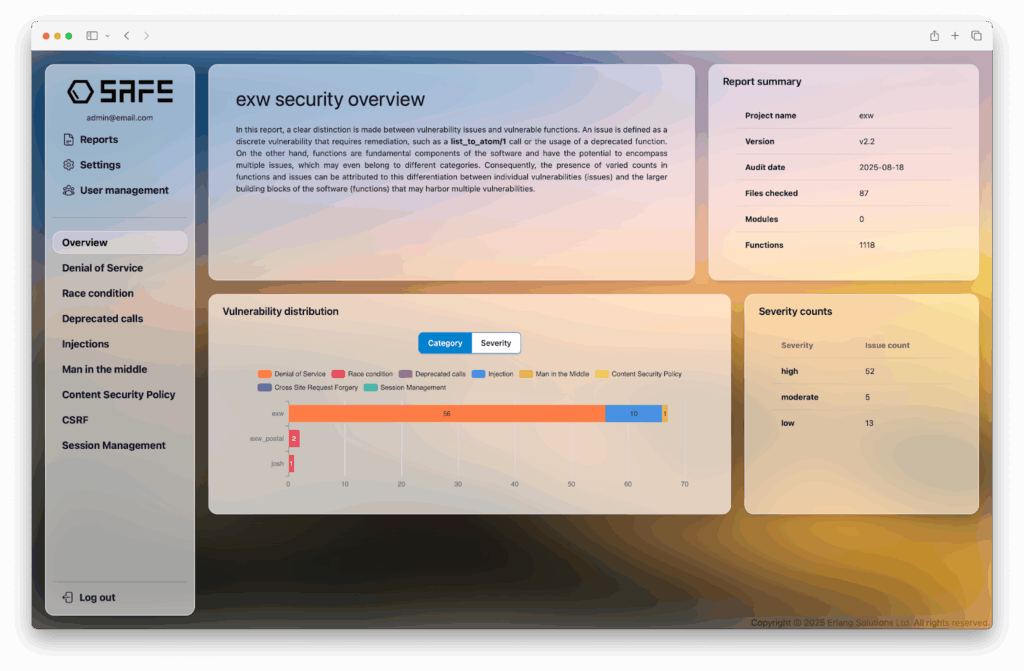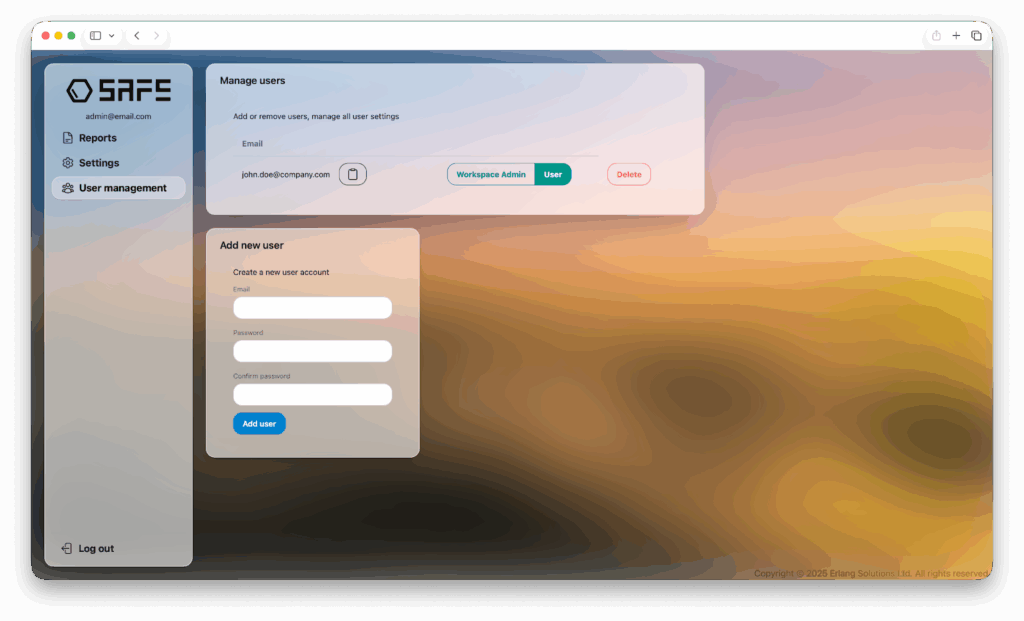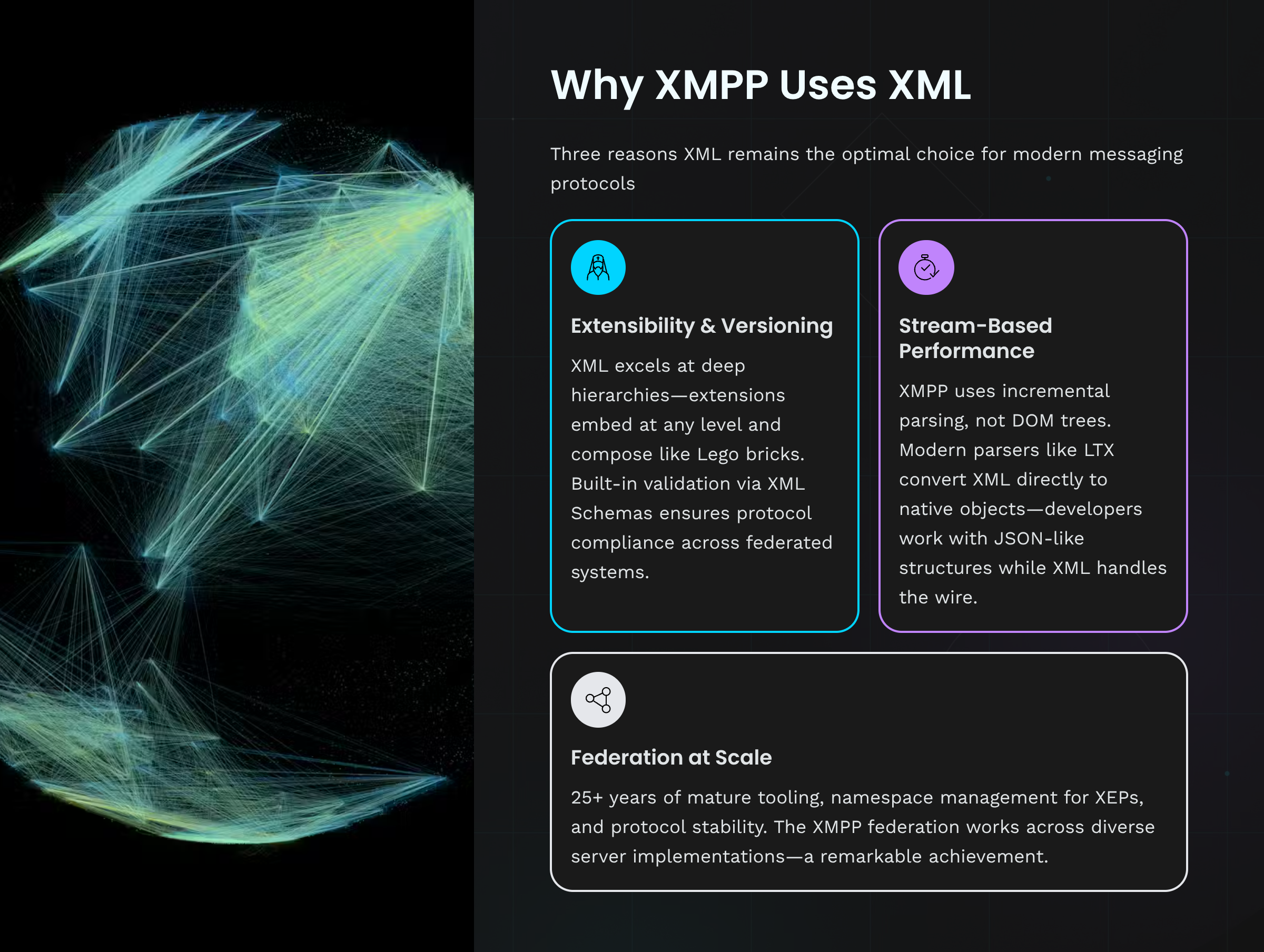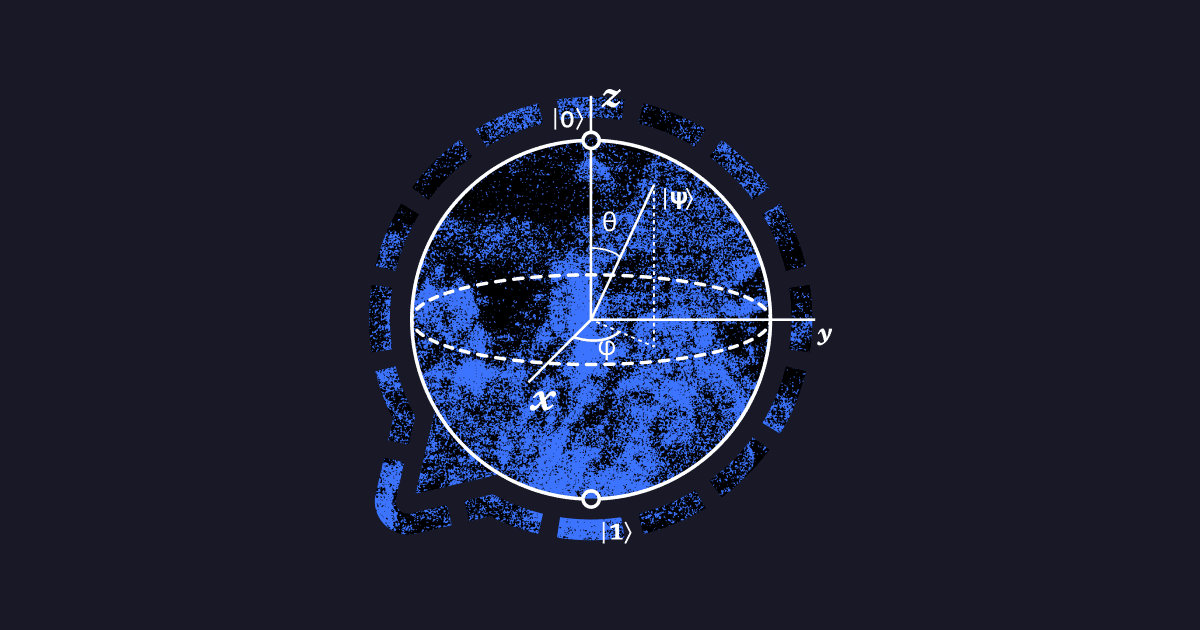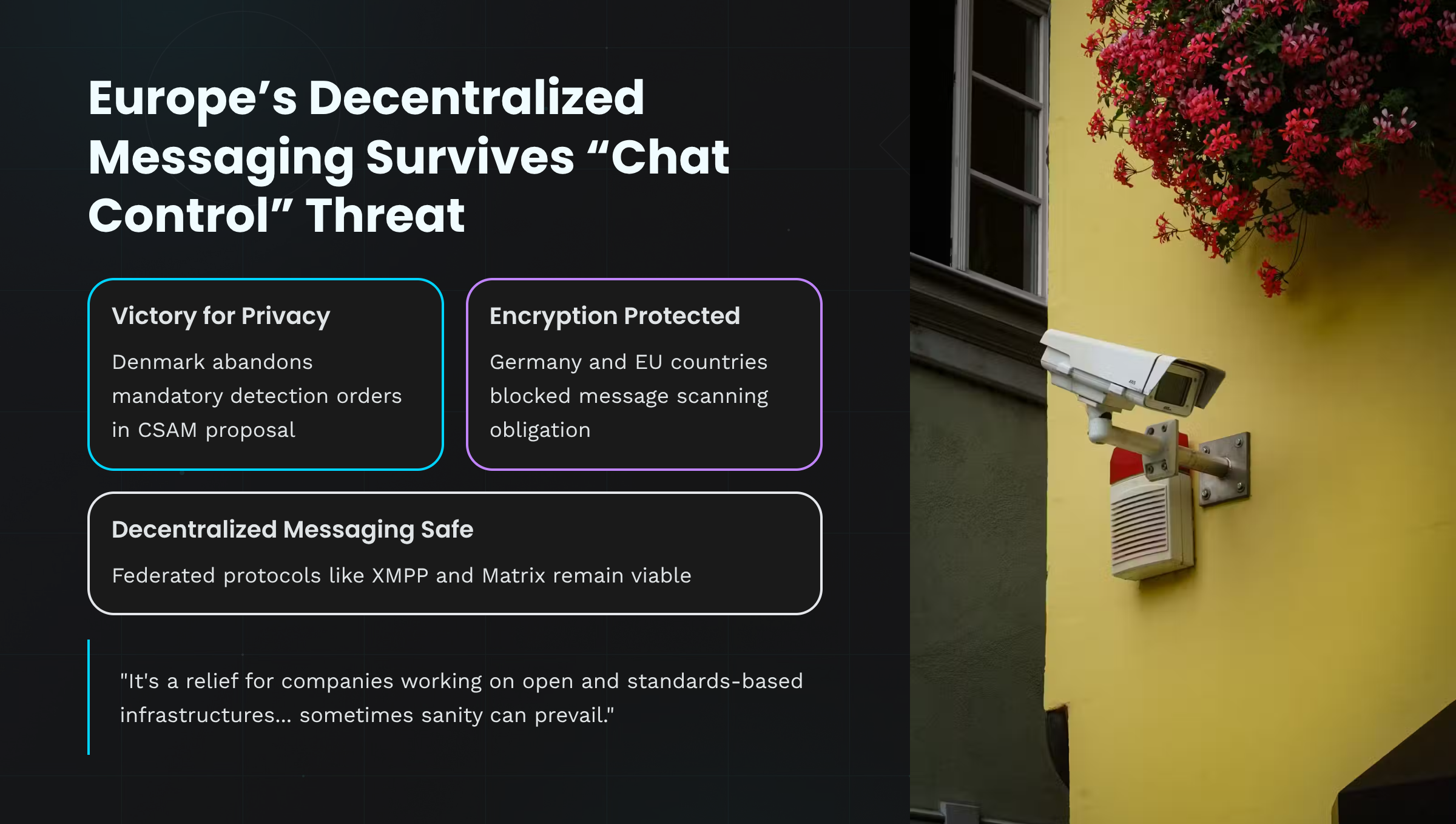-
Pl
chevron_right
Erlang Solutions: Meet the Team: Camjar Djoweini
news.movim.eu / PlanetJabber • Yesterday - 10:17 • 2 minutes
As we close out our “Meet the Team” series for 2025, we’re delighted to introduce Camjar Djoweini, Business Development Manager, Nordics, at Erlang Solutions. Camjar shares what drew him into his new role, the excitement of working within Trifork’s global ecosystem, and the ambitions driving him into 2026. He also reflects on his favourite winter traditions and the personal routines that help him stay energised and focused throughout the year.

Can you tell us about your new role at ESL?
I’ve joined ESL Nordics Fjällräven as Business Development Manager, Nordics, where my focus is expanding our market presence into new greenfield areas alongside Erik. The mission is clear and energising: outbound, outbound, outbound.
Which part of your new role has sparked the most curiosity or excitement so far?
It’s a mix of working with exceptionally talented and experienced people and having access to the opportunities that come with being part of Trifork globally. I love that I’m within one of 71 companies in the group yet still feel connected as if we’re operating as one large organisation. We’re agile like a startup but strong like a Fortune 500. That breadth of access and innovation keeps my curiosity alive every day.
Looking ahead to 2026, what are you most looking forward to achieving?
I’m a high pressure performer and set ambitious expectations for myself. My goal is not only to hit the targets we’ve set but to exceed them, to make the whole team proud. I want to help shape our future, open new doors within the organisation and contribute meaningfully to our long term vision.
Ahead of the holiday season, are there any traditions you’re particularly looking forward to?
This might be an unpopular opinion, but I love the darkness and the cold. There’s something beautiful about how snow lights up the darkest hours. Winter helps me focus with routines, deadlines and structure, all leading to one of the cosiest traditions of the year. Good food, warm decorations, time with friends and family and the chance to unwind for a week. Christmas is my favourite tradition and we go all in.
When you’re away from the office, what brings you the most energy and joy?
I really value being able to structure my own productivity. I can work out during lunch without feeling like I need to rush home, and if something is better done at 7 pm, I can do that and still be productive at 8 am the next morning. Having the freedom to optimise my hours while maintaining strong internal connections with colleagues is incredibly energising.
Final Thoughts
And that brings our 2025 Meet the Team series to a close. A big shoutout to Camjar for sharing his energy and perspective, and to all the fantastic colleagues who took part this year. Their stories, passions and quirks are what make our team such a great place to be.We’ve got plenty more to share in the new year, so keep an eye out for fresh profiles, behind the scenes insights and more of the people who make Erlang Solutions what it is. And if you’d like to chat with our team or get involved, please get in touch .
The post Meet the Team: Camjar Djoweini appeared first on Erlang Solutions .

